IQB Seminar Series
Proteomics Building
Room 120 12:00pm
Zoom Link YouTube ChannelFall 2025 Flyer
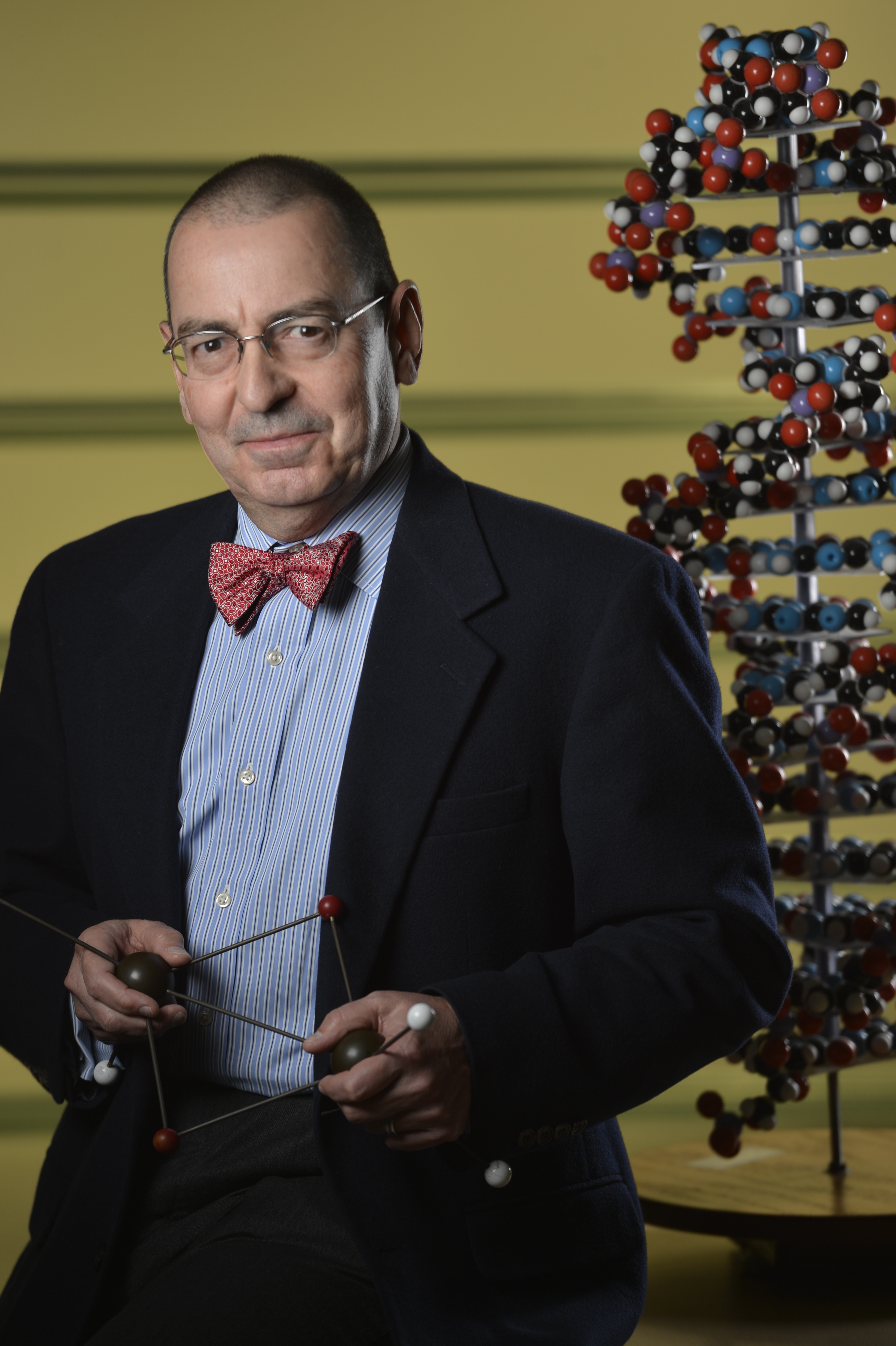 | September 26, 2018 Stephen Burley Rutgers University Title: Impact of the Protein Data Bank on Our Understanding of Anti-cancer Drug Action and Mechanisms of Resistance Location: Proteomics Room 120 Seminar Host: Sijian Wang |
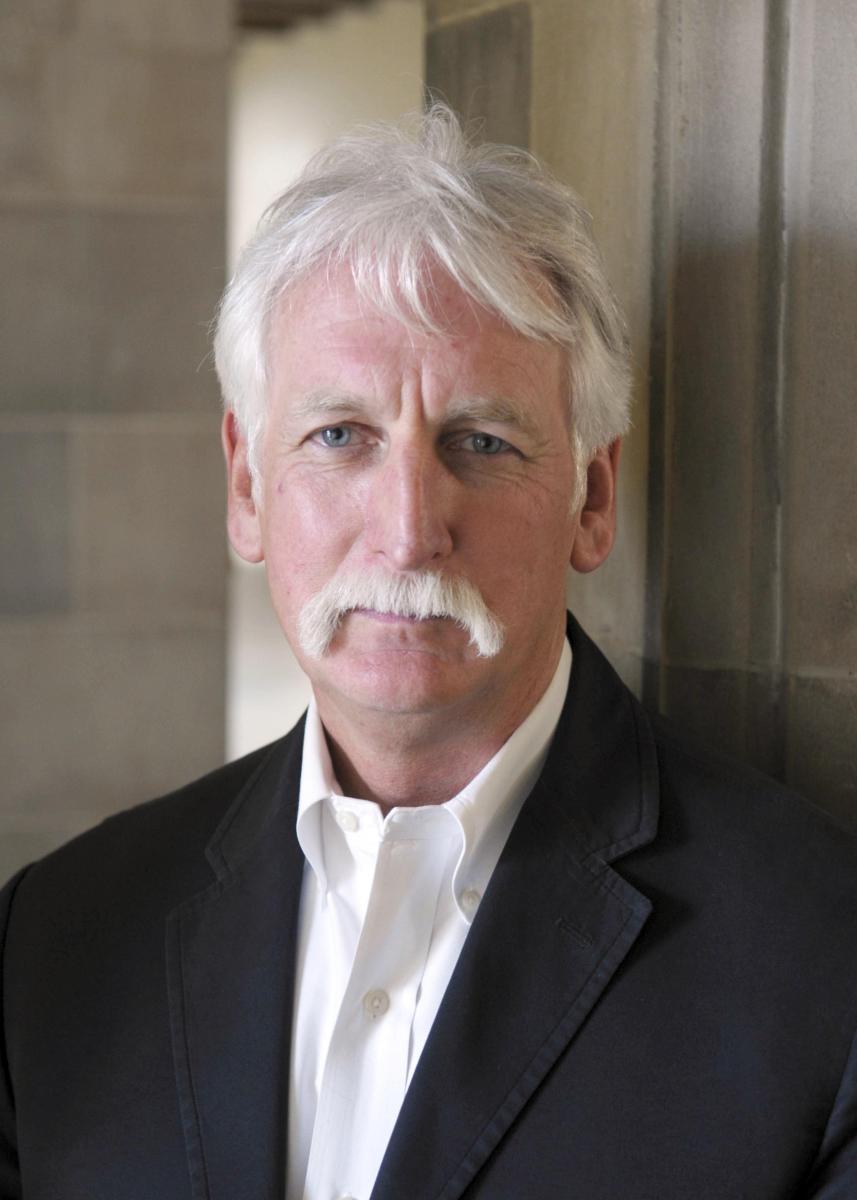 | October 3, 2018 William Jorgensen Yale University Title: Computer-Aided Discovery of Enzyme Inhibitors Location: CABM Room 010 Seminar Host: CABM/IQB |
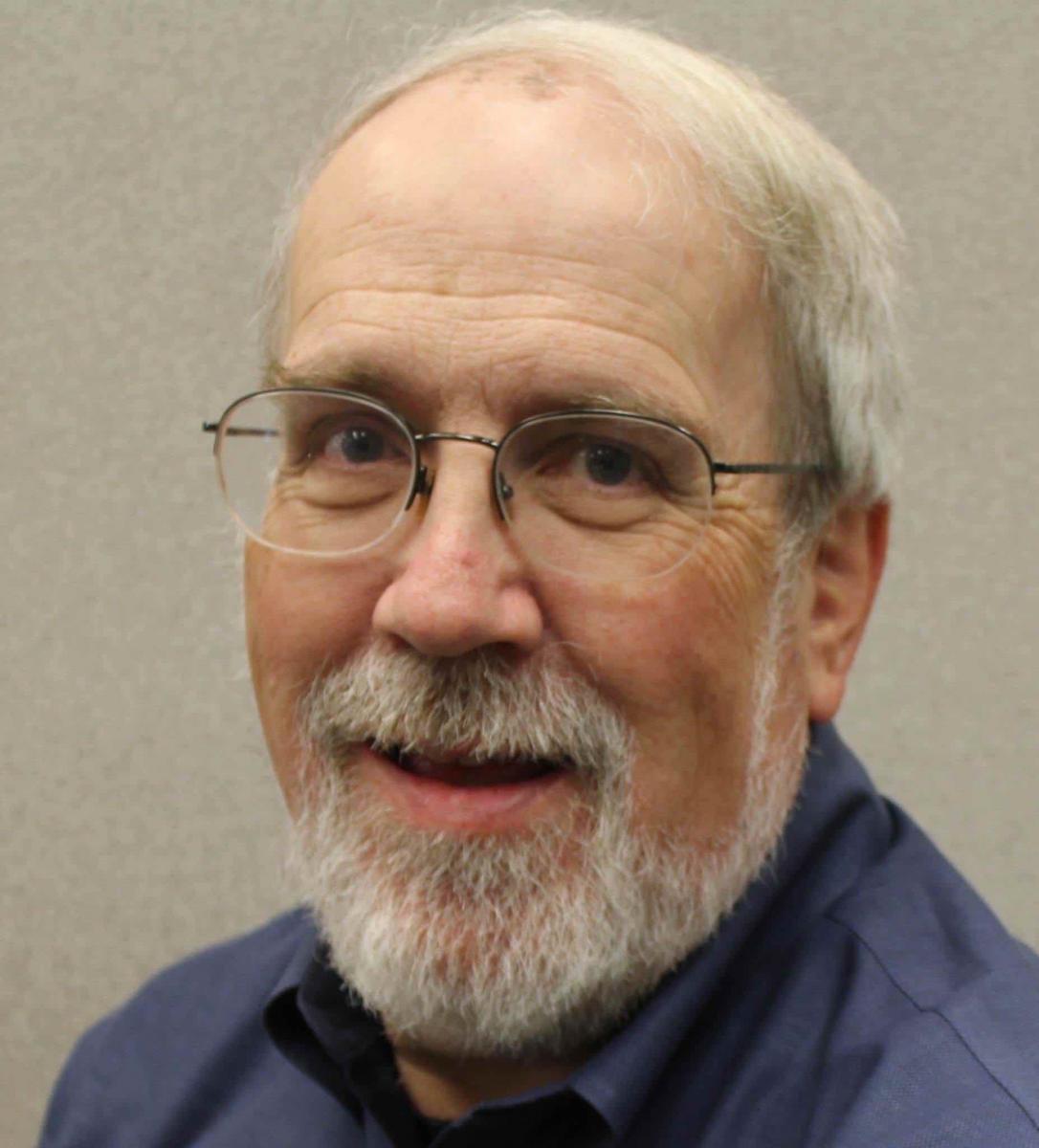 | October 10, 2018 David Case Rutgers University Title: What Can We Learn From MD Simulations of Biomolecular Crystals? Location: Proteomics Room 120 Seminar Host: Sijian Wang |
 | October 17, 2018 Helen Berman Rutgers University Title: Target Zero-Using Film for Medical Education Location: Proteomics Room 120 Seminar Host: Stephen Burley |
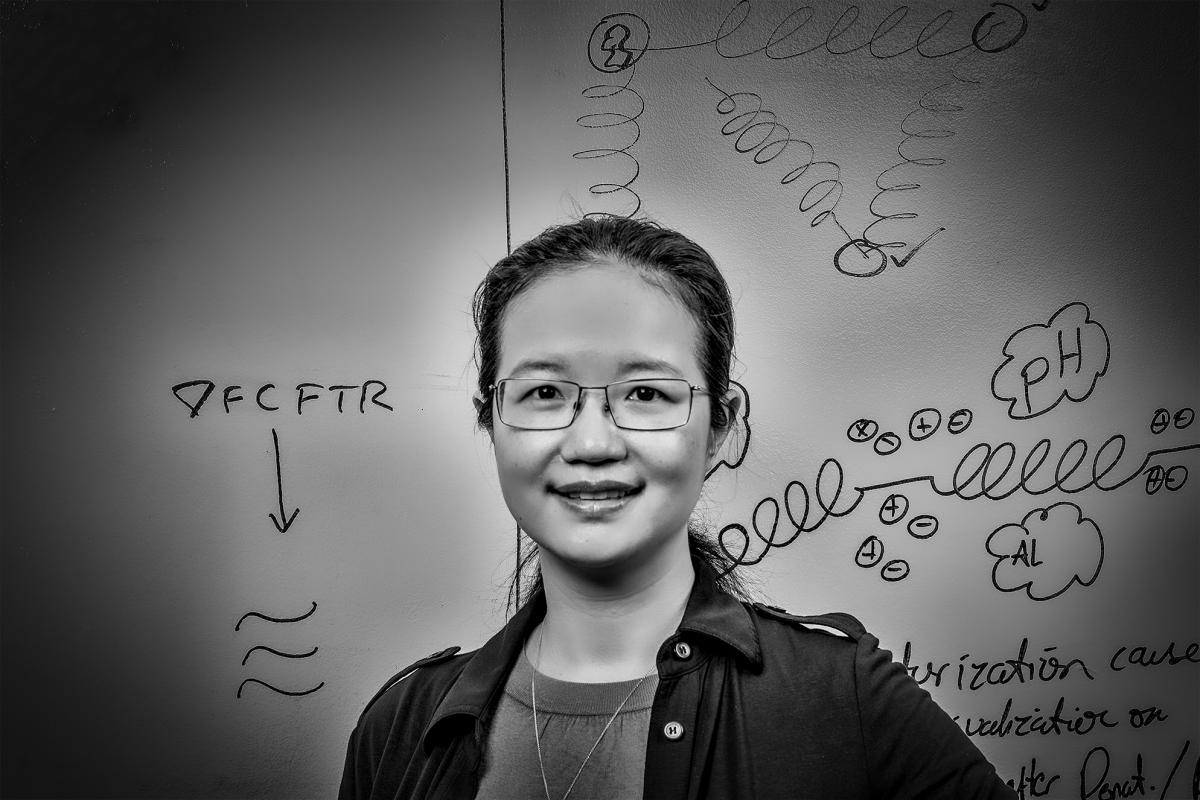 | October 24, 2018 Pei Wang Icahn School of Medicine at Mount Sinai Title: Constructing Tumor-Specific Gene Regulatory Networks Based on Samples With Tumor Purity Heterogeneity Location: Proteomics Room 120 Seminar Host: Sijian Wang |
 | October 31, 2018 Lu Wang Rutgers University Title: Computational Characterization of Biodegradable Nanoscaffolds and Biological Short Hydrogen Bonds Location: Proteomics Room 120 Seminar Host: Darrin York |
 | November 7, 2018 - CANCELLED Marcelo Jacobs-Lorena Johns Hopkins - Bloomberg School of Public Health Title: What Peptides Taught Us About the Life Cycle of the Malaria Parasite Location: CABM Room 010 Seminar Host: CABM |
 | November 14, 2018
Dr. Khare will be available to meet by arrangement on the day of his seminar to discuss areas of mutual interest. Click here to arrange a meeting. |
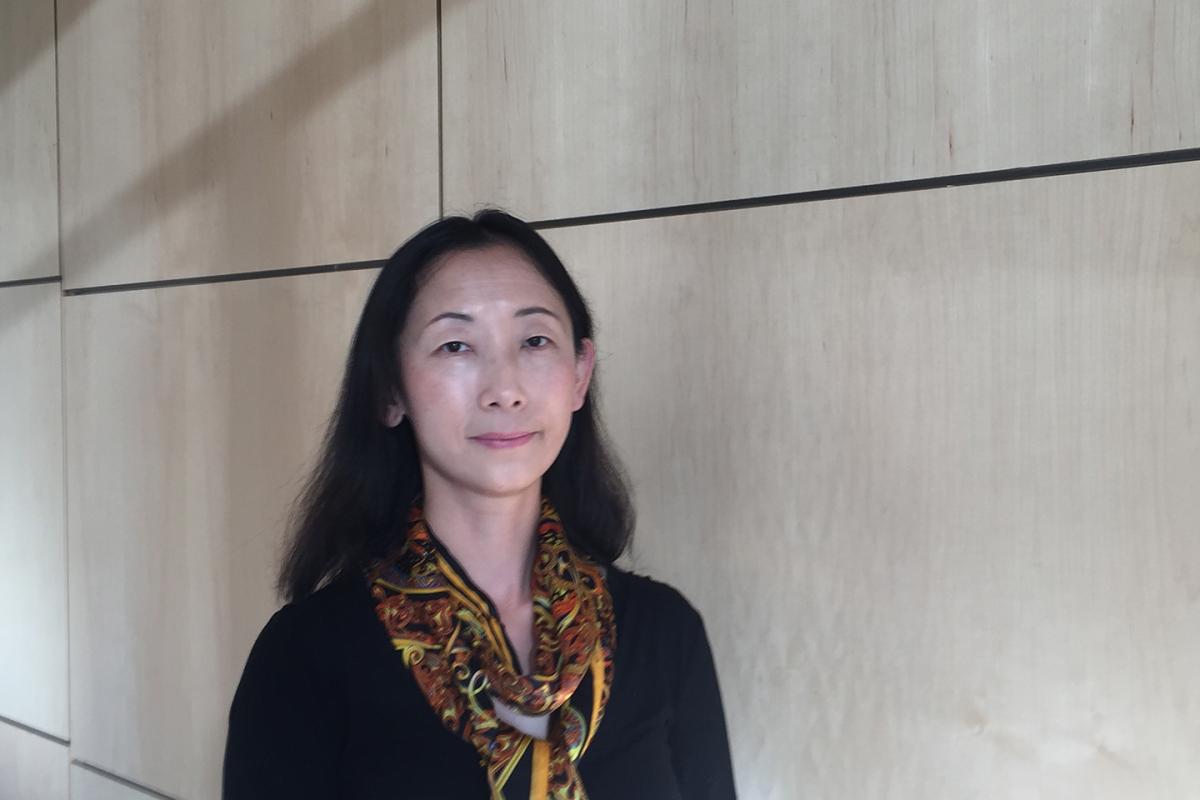 | November 28, 2018 Wei Dai Rutgers University Title: Understanding Diatom Thylakoid Architecture by Cryo-Electron Tomography, Automated Annotation and Proteomic Analysis Location: Proteomics Room 120 Seminar Host: Stephen Burley |
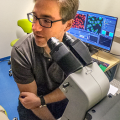 | December 5, 2018 Ralph E. Kleiner, PhD Princeton University Title: Chemical Approaches to Illuminate the RNA Epitranscriptome Location: CABM Room 010 Seminar Host: CABM |
 | December 12, 2018 Biju Parekkadan Rutgers University Title: Building High-Throughput Expression Libraries From Genomes Location: Proteomics Room 120 Seminar Host: Stephen Burley |